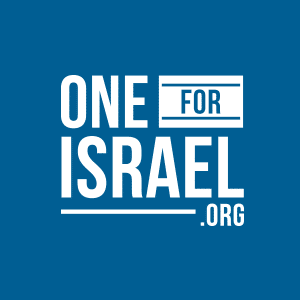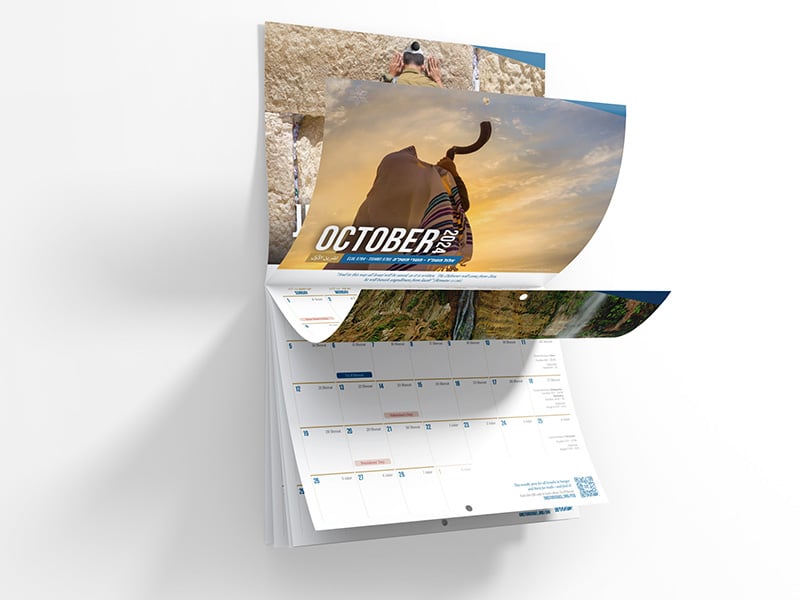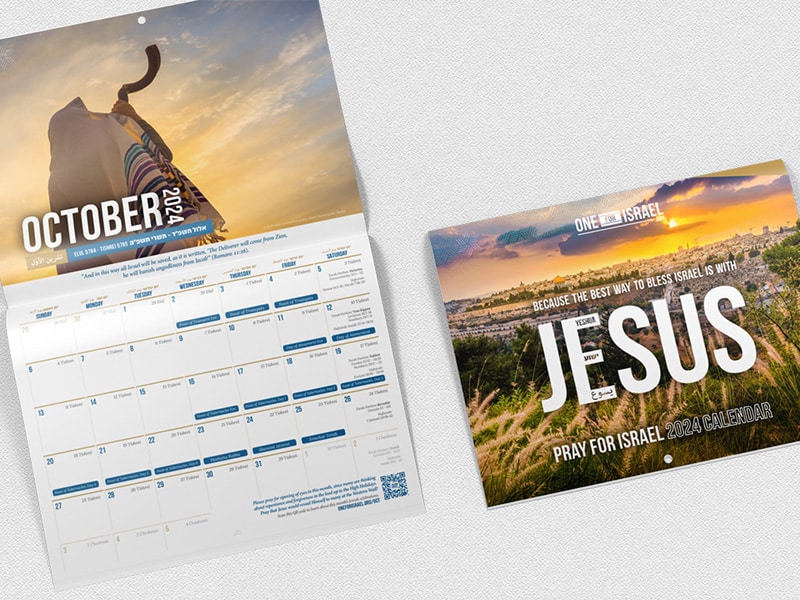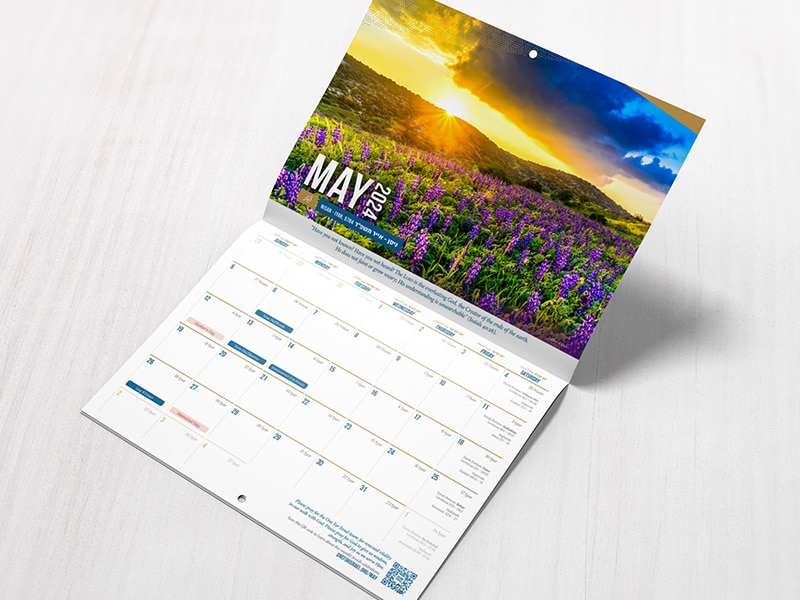We’ve all witnessed the huge demonstrations with an abundance of flag-flying after October 7. Seeing flags flying from high places elicits emotion. They seem to have a potency that’s hard to explain. What is it that a bit of brightly colored synthetic material evokes?
Flying the flag
The urge to put a flag in high places is strong. Whether it’s the top of Mount Everest or on the surface of the moon, man seems compelled by this desire to put his mark, to make his claim. It’s as if marking territory, claiming victory. For this reason the determination of pro-Palestinian protesters climbing monuments and planting flags in key places has ruffled more than a few feathers. Palestinian flags are popping up everywhere: in town squares, Ivy League campuses, flying from lampposts, from windows, and stickers stuck on all manner of public property to the degree that some have complained on social media. However, multiple police were called to arrest someone in the UK who expressed his displeasure at the phenomenon on Facebook. The accusation was that he was guilty of hate speech.
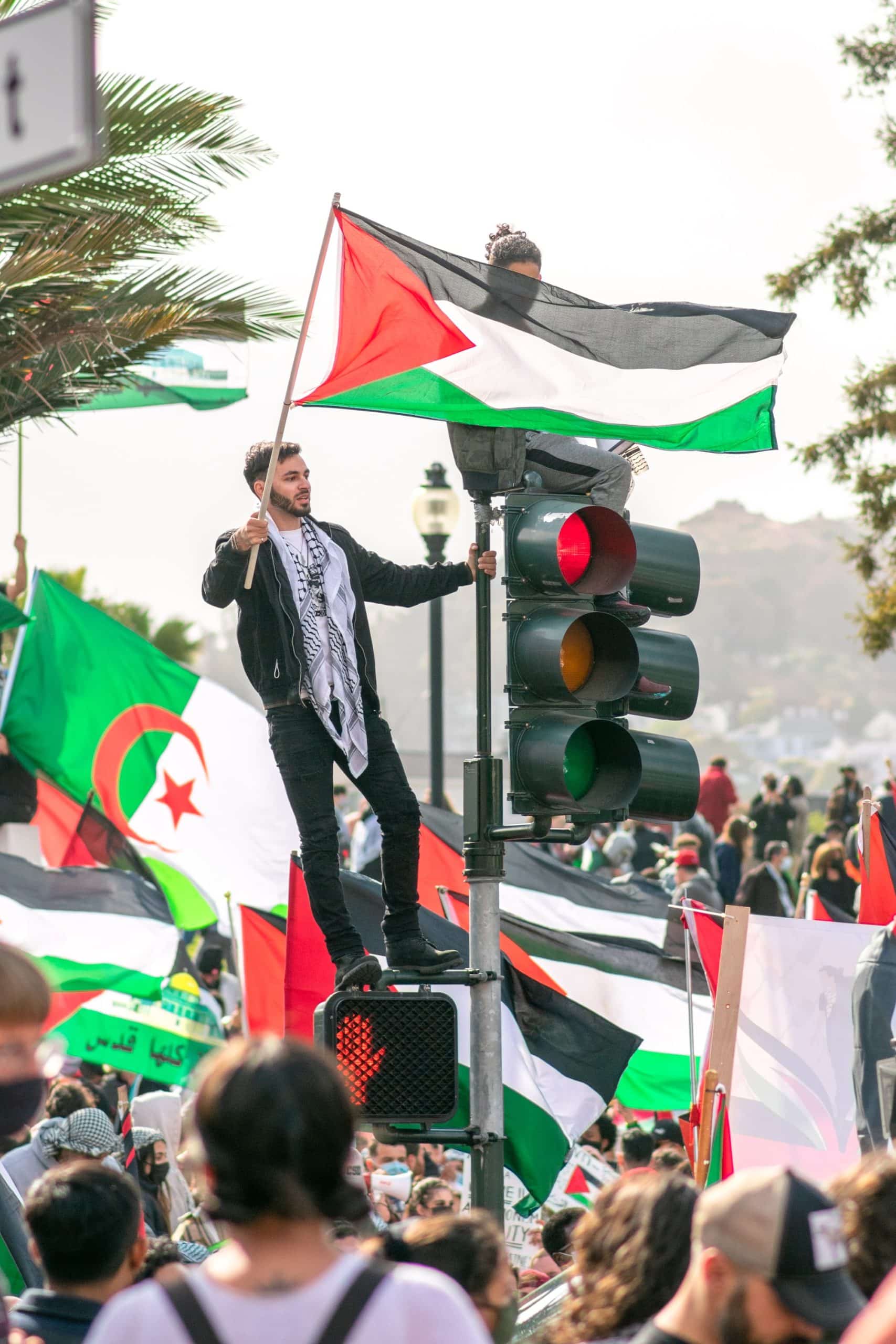
However, it’s been interesting to notice that whenever the Palestinian flag has been flown at protests, you won’t see the host nation’s flag flying alongside it.
We’ve seen fighting over flags playing a part in the riots on US campuses, showing the strength of their significance. In London those who came to a counter protest, standing up against the relentless pro-Palestinian marches, were even warned by police not to wave the Union Jack of the UK, much to the bewilderment of those who brought their flags. They were told they could hold them, but not wave them. What is that about? Why is the flag of the nation, a symbol of patriotism, so inflammatory?
Israeli flags haven’t had quite the same degree of exposure—pro-Israel protesters haven’t been climbing up traffic lights or statues, in fact, quite the opposite. Pro-Israel rallies have been rather more sedate affairs, but they have often accompanied by the American flag, the Union Jack, or whichever flag of the country hosting the march, and frequently you’ll see the pre-Islamic regime flag of Iran is out in force alongside it too. Remarkably, Iranians have proven staunch allies to Israel in this conflict—they understand all too well what Israel is having to deal with.
Today Israeli flags are reviled in many places, but if there’s been a shortage of Israeli flags out in the nations, Israel is making up for it in the land itself. They are EVERYWHERE. Like the US, Israelis aren’t shy about flying their national flag in ordinary times. In general Israelis are proud of their country, as Americans often are, but since October 7 it’s been taken to a whole new level. Israel is awash with flags. Previously many flags were paraded in the anti-government demonstrations when the issue of judicial review was dividing the nation, but now everyone has come under one banner together. There is unity on a level that was unimaginable six months previously.
In the bitter fighting in Gaza, the IDF left Israeli flags in the ground to indicate areas where they had defeated Hamas—again, a sight which elicits strong emotions in one direction or another. A similar thing happened back in 1967 when Israel took back Jerusalem and raised the Israeli flag over the Temple Mount. However, Moshe Dayan made the decision to have the flag removed from the Dome of the Rock and passed control of the Temple Mount area to the Jordanian Muslim authorities known as the Waqf. Rabbi Meir Y. Soloveichik denounced that move as, “a terrible mistake, the worst in Israel’s history”. From that time onwards, all non-Muslims are banned from praying or worshiping God at the holiest place in the world.
The origins of the Palestinian flag
The design of the Palestinian flag as we know it today has some interesting origins. You might be surprised to hear that during the time of the British Mandate there was even a design that was blue and white with a yellow Star of David in the middle! (See below: right hand page, third row.) However, this was never the official flag and was created by a Zionist group active at the time.
 Until 1948, the official flag had a red background with the Union Jack in the top left, with a white disc bearing the word “Palestine” on the right. The original area of Mandatory Palestine once included all of Jordan and part of Syria, and the British decided to allot one side of the Jordan River to the Arab speaking residents (the larger of the two areas, comprising Jordan and Syria) and make room on the other side to set up a Jewish homeland, in the area between the Jordan River the Mediterranean Sea (the land of River-to-Sea fame).
Until 1948, the official flag had a red background with the Union Jack in the top left, with a white disc bearing the word “Palestine” on the right. The original area of Mandatory Palestine once included all of Jordan and part of Syria, and the British decided to allot one side of the Jordan River to the Arab speaking residents (the larger of the two areas, comprising Jordan and Syria) and make room on the other side to set up a Jewish homeland, in the area between the Jordan River the Mediterranean Sea (the land of River-to-Sea fame). 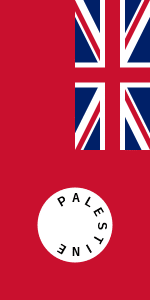 In the end that smaller area was divided further into two by the UN in the 1947 Partition Plan, but as we know, in 1948 the surrounding Arab nations attacked in efforts to prevent the Jewish state from being established. Or, more accurately, re-established. The new state of Israel soon adopted the blue and white flag design of a prayer shawl with a Star of David in the middle—a design which quickly became globally recognized, for some with love, others indifference, and yet others with hatred.
In the end that smaller area was divided further into two by the UN in the 1947 Partition Plan, but as we know, in 1948 the surrounding Arab nations attacked in efforts to prevent the Jewish state from being established. Or, more accurately, re-established. The new state of Israel soon adopted the blue and white flag design of a prayer shawl with a Star of David in the middle—a design which quickly became globally recognized, for some with love, others indifference, and yet others with hatred.
But what about that familiar red-green-black-and-white design that covers the rest of the Arab-speaking world?
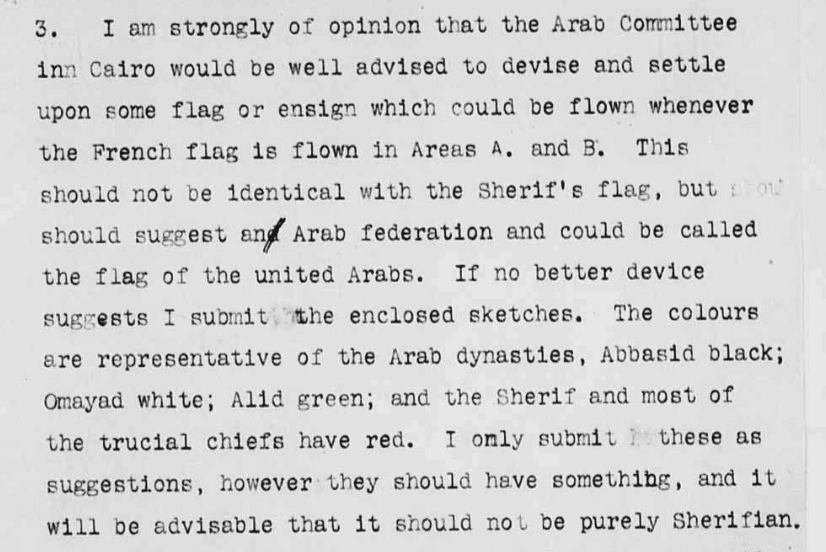 Map historian, Carmem Marques Rodrigues, gives us the history behind the Palestinian flag we see today: “This iconic symbol was actually designed in England, thanks to the influence of British diplomat Mark Sykes during the period of the Arab Revolt from 1916 to 1918. The Arab Revolt, a significant movement in the fight for Arab independence, had the support of Britain in its struggle against the Ottoman Empire.”1 Sykes sent the design in a letter2 to Sir Reginald Wingate in 1917, who was then High Commissioner for Egypt. Wingate was similarly engaged in encouraging Saudi Arabia to also rise up against Turkey at the time. The British were fighting against the Turks in the early twentieth century, and were seeking to bring an end to their empire. They supported the separate ethnic groups in the Middle East that had been swept up into one caliphate, under the rule of the Ottoman Turks, and encouraged them to fight for their own sovereignty. It was towards this end that Mark Sykes, a representative of the British Crown, created the familiar design based on four colors: Black, white, green and red. The four colors were symbolic, representing the four major Arab royal dynasties:
Map historian, Carmem Marques Rodrigues, gives us the history behind the Palestinian flag we see today: “This iconic symbol was actually designed in England, thanks to the influence of British diplomat Mark Sykes during the period of the Arab Revolt from 1916 to 1918. The Arab Revolt, a significant movement in the fight for Arab independence, had the support of Britain in its struggle against the Ottoman Empire.”1 Sykes sent the design in a letter2 to Sir Reginald Wingate in 1917, who was then High Commissioner for Egypt. Wingate was similarly engaged in encouraging Saudi Arabia to also rise up against Turkey at the time. The British were fighting against the Turks in the early twentieth century, and were seeking to bring an end to their empire. They supported the separate ethnic groups in the Middle East that had been swept up into one caliphate, under the rule of the Ottoman Turks, and encouraged them to fight for their own sovereignty. It was towards this end that Mark Sykes, a representative of the British Crown, created the familiar design based on four colors: Black, white, green and red. The four colors were symbolic, representing the four major Arab royal dynasties:
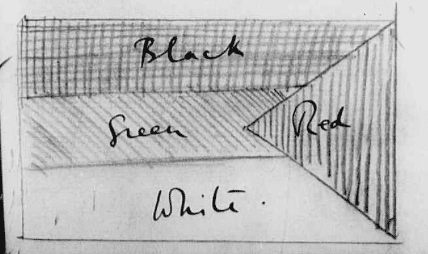
– Black represented the Abbasids
– White the Umayyads
– Green the Fatimids
– Red the Hashemites.
Rodrigues explains, “The red triangle at the center of the flag is not just an aesthetic choice but symbolizes Hashemite leadership during the Arab Revolt, unifying the other pan-Arab colors”. In short, the Palestinian flag was designed by a British guy in order to inspire the pan-Arab revolt against Ottoman Empire. As Rabbi Jonathan Sacks of blessed memory pointed out, the mandatory era in which the Balfour Declaration was made was anti-colonialist, in that it was seeking to parcel back land to its original owners. Speaking of the Declaration itself, he said,
“It was an anti-imperialist gesture, after centuries of Christian and Muslim imperialism with no autonomous states, they attempted to return Ottoman ruled lands to the tribes that lived in them. Lloyd George was seeking more justice and wanting an end of the days of Empire, to return the lands to their original inhabitants.”3
The power of flags
It’s somewhat ironic, then, that the design was adopted in variations across the region, bringing cohesion to those very people groups instead of distinction. The whole Middle East has been passed from pillar to post throughout history, with different powers having sway over the entire area at different times. It’s no secret that there’s a great yearning for another caliphate to control the whole region. Certainly, this was the aspiration of the Islamic State, aka ISIS (whose flag which sent shockwaves of horror wherever it was brandished, similar to the swastika). The question is though, who would be the caliph? Turkey is no shrinking violet when it comes to expressing its world domination enterprises, but equally the Gulf States are also making their plans. Iran controls many of the terrorist groups in the region, and only time will reveal the outworking of these various ambitions. It’s been pointed out that these four colors are also the colors mentioned in Revelation chapter 6, describing the four horsemen of the apocalypse! But that’s likely just a coincidence. The flag of Saudi Arabia is noticeably different to other flags of the region, being only green in color and bearing Arabic script and a sword in white. The script reads, “There is no god but Allah; Muhammad is the Messenger of Allah”, with the sword of conquest underneath. The text is known as the “shahada” which means “testimony” or “declaration”. What a declaration to make, and to fly over your country. If you can see the spiritual impact of flying the shahada over a nation, can you see why some believers fly flags declaring the Lordship of Jesus?
 In churches around the world, you’ll often see banners and some also fly flags bearing names of God or biblical truths, because there is power in the declaration that they bring.
In churches around the world, you’ll often see banners and some also fly flags bearing names of God or biblical truths, because there is power in the declaration that they bring.
Flags symbolize sovereignty, ownership, and victory. A flag and a trumpet often accompany the presence of royalty, and in royal residences flags are hoisted when the monarch is there. How appropriate then to raise a flag in honor of the King of kings!
Banners in churches are usually emblazoned with declarations of truth, and can make a powerful statement. Jesus is our standard, and His banner over us is love. We need to be standard bearers for Him more than any worldly army or power. We belong to God’s kingdom and to fly that flag more than any other here on earth.
There can be an aspect of nationalistic patriotism which can end up in the wrong place, whether it’s found among the people here in the Middle East, or from people in the nations looking on. Arab pastor Massem Adronomy put it like this:
“If you love the Jewish people with a soulish love, in other words, a love that’s born out of stories, movies, books, what people say, all of those things are going to our soul, into our emotions, our mind, and all of this, then you’ll hate the Arab people. And… if you love the Arab peoples with a soulish love, you’ll hate the Jewish people. But… if you love either one with God’s love, you’ll love the other one because God’s love is so huge, it is so perfect.”4
The Lord my Banner: flags in the Bible
Flags symbolize authority, sovereignty, and presence. It’s good to remind ourselves of these aspects of God: His authority, His sovereignty, and His presence with us. Flags were often brandished in war, and can either be a fearsome or awesome sight, depending on whether that army is for you or against you. One of the many unusual similes in the Song of Solomon involves this concept as the king describes his delight in his bride:
“Who is this who looks down like the dawn,
beautiful as the moon, bright as the sun,
awesome as an army with banners?” (Song of Solomon 6:10)
The banners, or flags (דגלות) in this context are a confident declaration of victory and might. The name of God, “The Lord is my Banner” appears for the first time also in a military context, as Moses had to lead the Israelites in battle against the Amalekites and God saved them:
Moses built an altar and called it The Lord is my Banner [נס]. He said, “Because hands were lifted up against the throne of the Lord, the Lord will be at war against the Amalekites from generation to generation.” (Exodus 17:15-16)
The Hebrew word for banner is “ness” (נס) which is coincidentally also the word for miracle or sign. It proclaims a message, and God Himself is the message we proclaim.
This is an indication for us today as we try to position our hearts Godwards. It’s not more spiritual to abstain and refuse to engage in the matters around us, and Swiss-like neutrality is not the godly alternative. Rather, we need to press into God, delve into His word, and keep our ear towards His throne in order to rightly discern His position, that we might align with Him. What is He doing, and how should we pray in accordance with His purposes? He loves all the peoples of the Middle East, but His plans will not be to everyone’s liking. We see more of this concept in Isaiah 11, a Messianic prophecy in which the word “ness” (נס) is used repeatedly about Jesus Himself:
In that day the root of Jesse, who shall stand as a signal [נס] for the peoples—of him shall the nations inquire, and his resting place shall be glorious. In that day the Lord will extend his hand yet a second time to recover the remnant that remains of his people, from Assyria, from Egypt, from Pathros, from Cush, from Elam, from Shinar, from Hamath, and from the coastlands of the sea. He will raise a signal [נס] for the nations and will assemble the banished of Israel, and gather the dispersed of Judah from the four corners of the earth. (Isaiah 11:10-12)
We see here that God’s purpose was to regather His people back to the land of Israel, a move that has not been universally celebrated—even among believers. Yet that is what the Bible says. And if we continue reading, we see how God will ultimately bring peace, under His banner:
The jealousy of Ephraim shall depart, and those who harass Judah shall be cut off; Ephraim shall not be jealous of Judah, and Judah shall not harass Ephraim. But they shall swoop down on the shoulder of the Philistines in the west, and together they shall plunder the people of the east. They shall put out their hand against Edom and Moab, and the Ammonites shall obey them. And the Lord will utterly destroy the tongue of the Sea of Egypt, and will wave his hand over the River with his scorching breath, and strike it into seven channels, and he will lead people across in sandals. And there will be a highway from Assyria for the remnant that remains of his people, as there was for Israel when they came up from the land of Egypt. (Isaiah 11:13-16, see also parallel verses about this highway in Isaiah 19:23-25)
In these times of conflict, arguments and tensions have increased as people take sides, but the more important question arises: Who is on the Lord’s side? HE is the banner we should rally to, and join Him in His love for all the peoples of the Middle East. God is the One to glorify, to be proud of, and to declare. This is who He is: The LORD my banner, Adonai Nissi.
We also see this word, “ness” (נס) in a surprising place, which you’d never guess from the English translation. It’s here, in the story of the bronze serpent in the desert:
And the Lord said to Moses, “Make a fiery serpent and set it on a pole [נס], and everyone who is bitten, when he sees it, shall live.” (Numbers 21:8)
The “ness”, God’s sign or banner is lifted up on a pole and gives healing and salvation from death to all who look upon Him. Sound familiar? It matches the Messianic prophecy in Zechariah 14 which describes the end-time salvation of the Jewish people as they look upon the One they have pierced and are saved. Jesus even said it of Himself in His conversation about salvation with Nicodemus the Pharisee:
As Moses lifted up the serpent in the wilderness, so must the Son of Man be lifted up, that whoever believes in him may have eternal life. (John 3:14-15)
Let’s wave the white flag of surrender to Him, release our tightly held opinions about the kingdoms of this world. Let’s be ready to come under His banner, accepting His ways, His word, and His perfect kingdom rule.
You have made your people see hard things;
you have given us wine to drink that made us stagger.
You have set up a banner for those who fear you,
that they may flee to it from the bow. Selah
That your beloved ones may be delivered,
give salvation by your right hand and answer us!
(Psalm 60:3-5)
- Carmem Marques Rodrigues, GEOPAM Researcher and history book cartographer, The Surprising Origin of the Palestinian Flag: A Story of British Influence, October 19, 2023
- Letter from Mark Sykes (of Sykes-Pecot) to Reginald Wingate, February 22nd, 1917, showing his own sketches for the flag of the united Arabs (Arab revolt against Ottoman Turks) in WW1 (see: #3 p.59). Ref: FO882/16, https://discovery.nationalarchives.gov.uk/details/r/C1906448
- Reflections on Balfour 100 from Rabbi Sacks
- https://succathallel.com/jerusalem-the-throne-of-jesus-and-the-nations/
Photo by Chris Hearn on Unsplash
